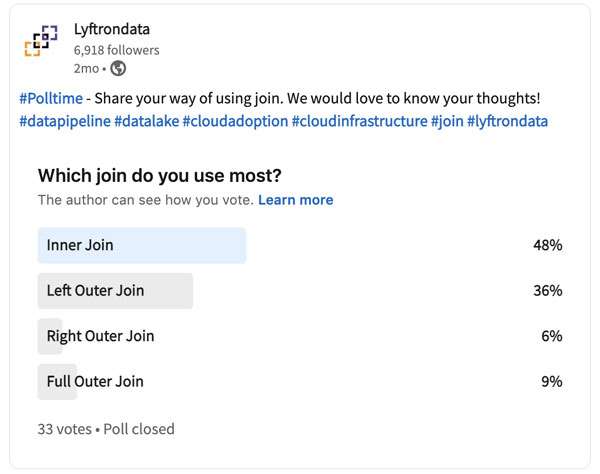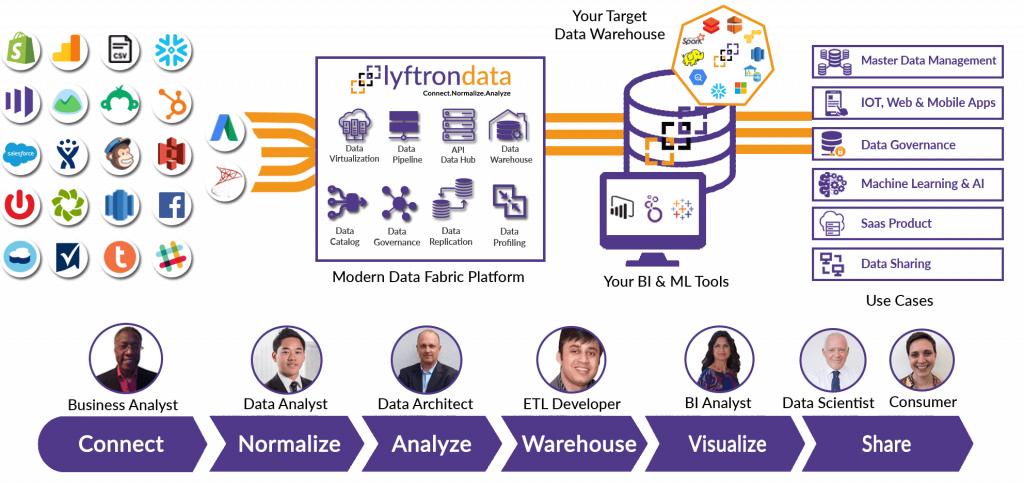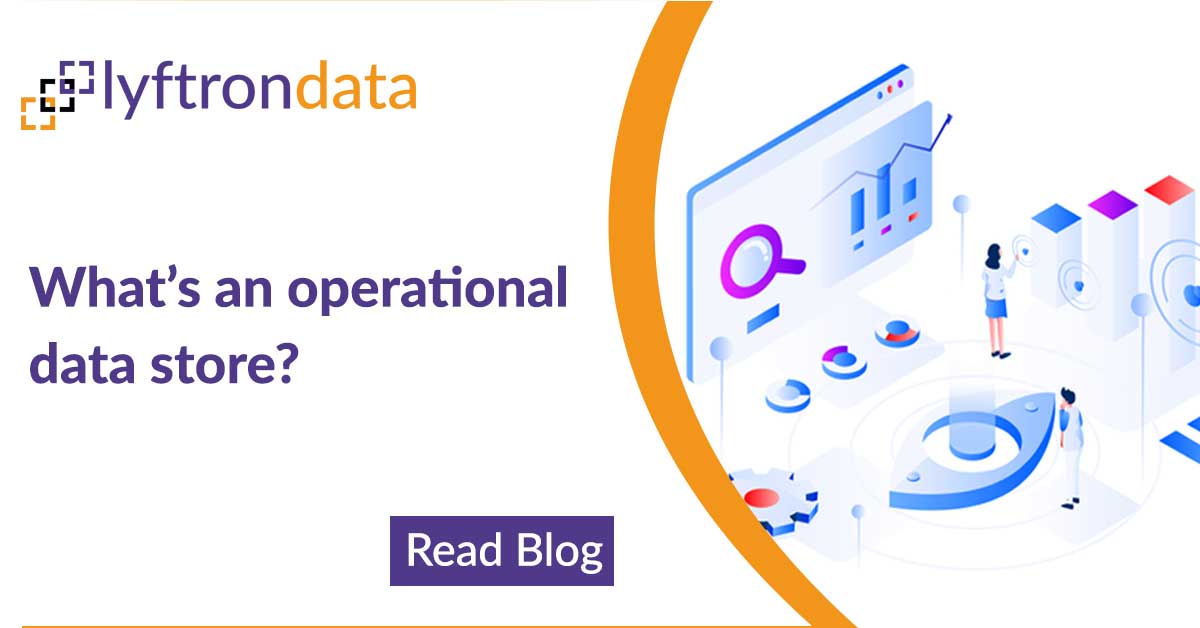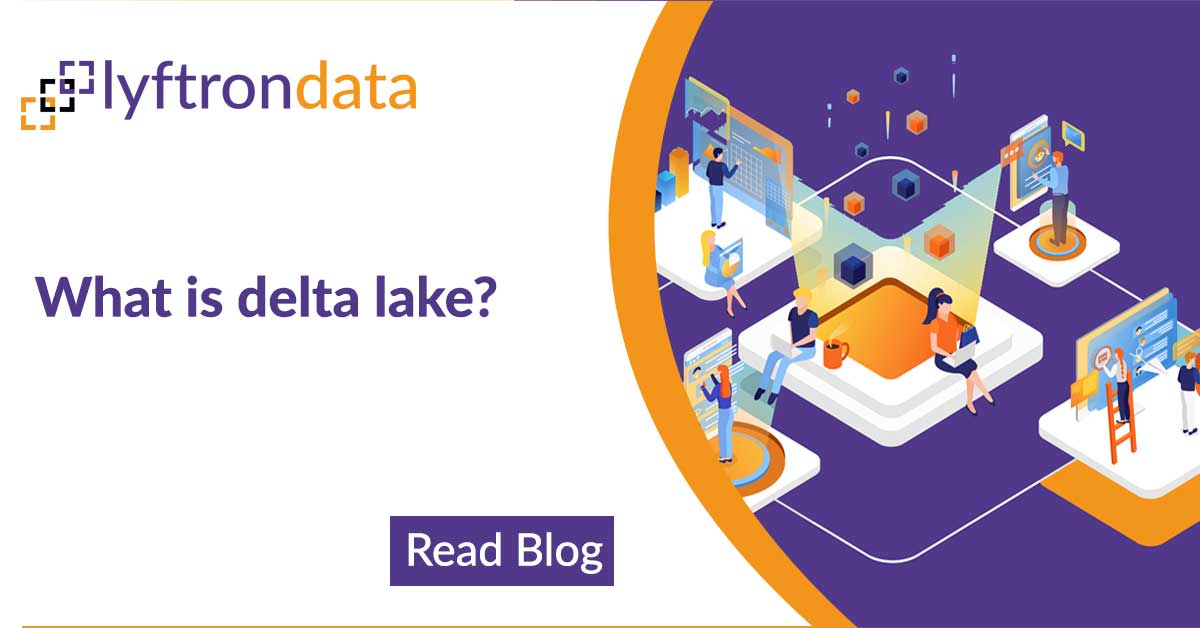


Experience a true Extract-Load-Transform with your familiar SQL and make your data lake as scalable and accessible as possible
What are joins?
A join operation is a standard SQL rule implemented in a database management system, which establishes a relationship between two or more tables based on the matching columns for a relationship between the records or data contained within them. Join operations are considered to be one of the most important aspects of SQL and when developing programs in SQL, much attention has to be paid not only to writing efficient SQL statements but also to ensuring join conditions for grouping and sorting purposes. There are many different types of joins such as inner joins, outer joins, and criteria-based joins amongst others and each type has its own set of possible optimizations available that we know will become useful when writing nested loop and sort-merge joins.
What is Lyftrondata?
The GetPipelineData
Automatic columnar ANSI SQL pipelines for 2022 and beyond
How Lyftrondata helps?









